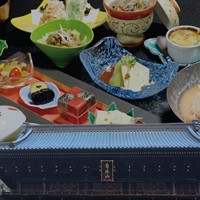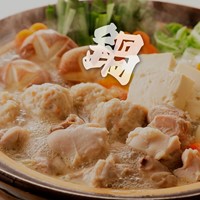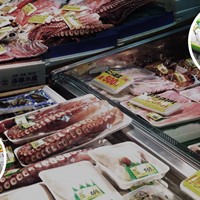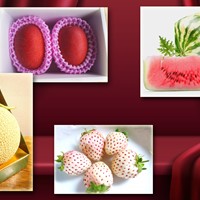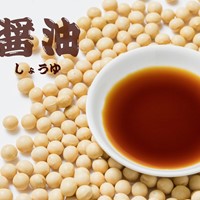Mago wa Yasashii: Japanese Key to Healthy Eating
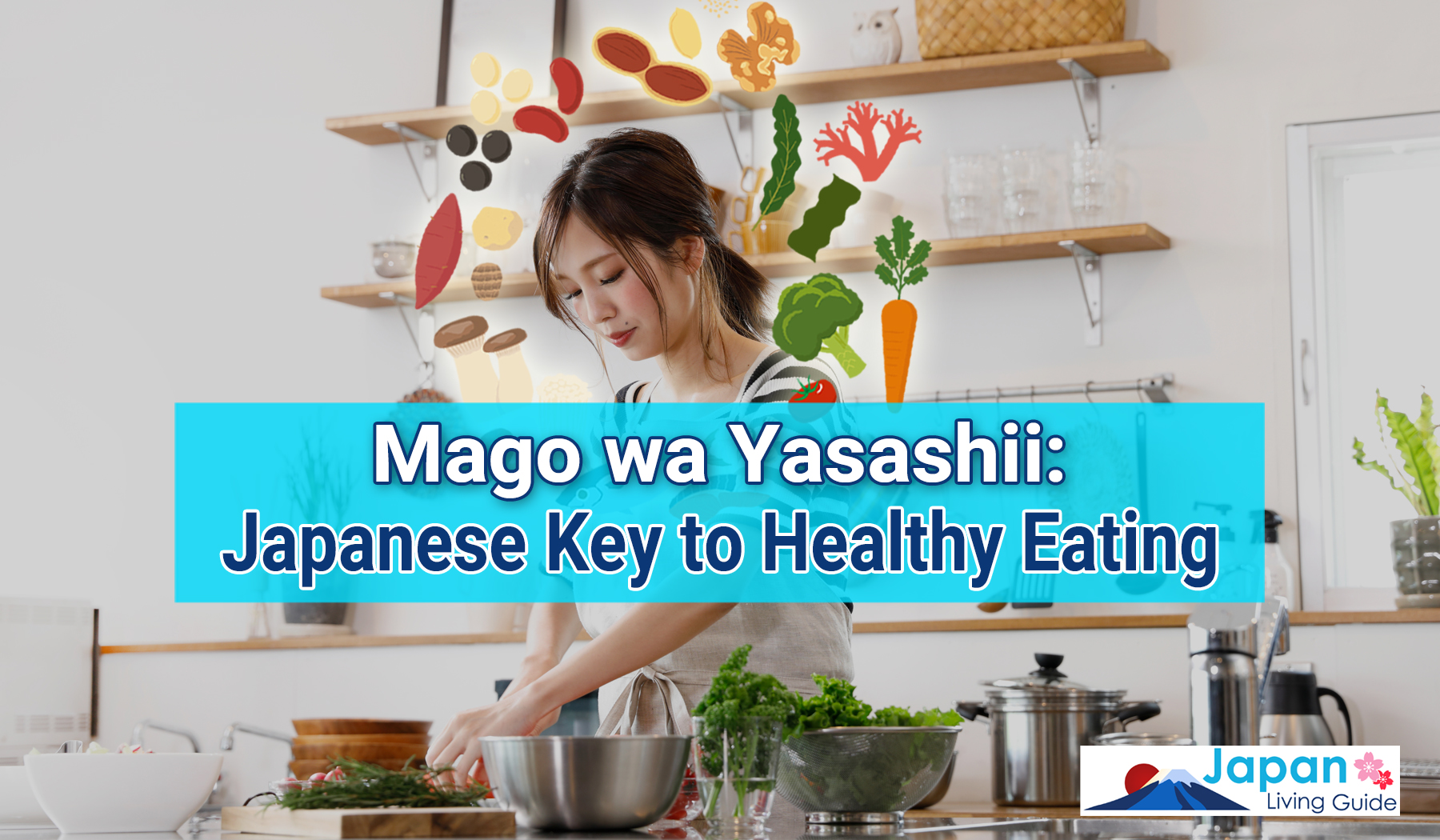
This page contains affiliate links.
Japan is known for its rich cultural traditions, technological advancements, as well as delicious and healthy food. However, it would be a mistake to assume that all Japanese foods would provide you with necessary vitamins, minerals, etc., as there is no shortage of delicious meals that aren't particularly nutritious. If you're not sure how to eat healthy in Japan, you can always explore the diet suggested by one intriguing Japanese acronym: "mago wa yasashii," which can be translated as "grandchildren are kind." If this phrase sounds like a mysterious code you don't know how to crack, please keep reading to find out what it means and what foods to consider when cooking your next dish.
What is Mago wa Yasashii?

There is no shortage of acronyms in Japanese language. If you've ever worked for a Japanese company, you've probably heard the term "horenso," which translates as "spinach." It stands for "houkoku" (report), "renraku" (contact), and "soudan" (consult). So, if "spinach" can teach you about the importance of reporting, contacting, and consulting, it should come as no surprise that "grandchildren are kind" can be a Japanese key to healthy eating. This acronym was created by Dr. Hiroyuki Yoshimura and is a great way to remember various foods that contribute to a healthy diet. Let's go through it syllable by syllable: ma-go-wa-ya-sa-shi-i. Each of the seven syllabuses represents a different food category of the well-balanced Japanese diet as suggested by "mago wa yasashii."
Japanese Healthy Eating: 7 Food Categories
Below are 7 food categories that will help you eat healthy in a Japanese way.
"Ma" for "Mame"
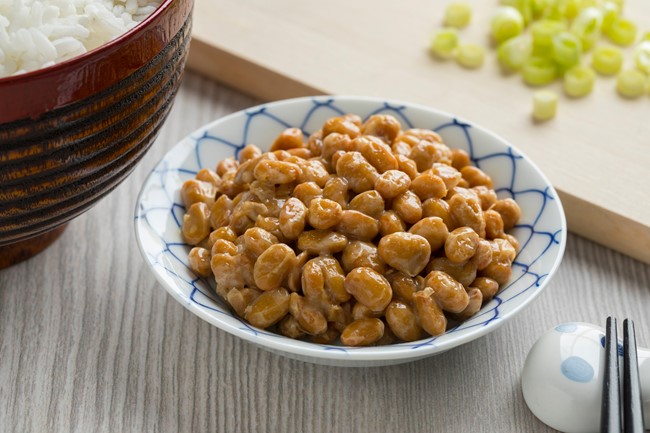
In Japanese language, “mame” means beans. Eda mame, kuromame, azuki, daizu, are some of the beans that are widely used in Japan. As part of the "mame" category, natto fermented soy beans can be particularly recommended. It is a superfood that is high in protein, fiber, iron, and calcium. If you like natto or are thinking about giving it a try, be sure to check the following article: "What Is Natto: A Look at Japan's Polarizing Superfood."
Miso is another quintessential Japanese food with a long history of more than 1,300 years and many health benefits. It can improve your gut health, lower cholesterol level, etc. It is a fermented paste that contains soybeans among other ingredients. If you would like to learn more about miso and its health benefits, please check this article.
"Go" for "Goma"
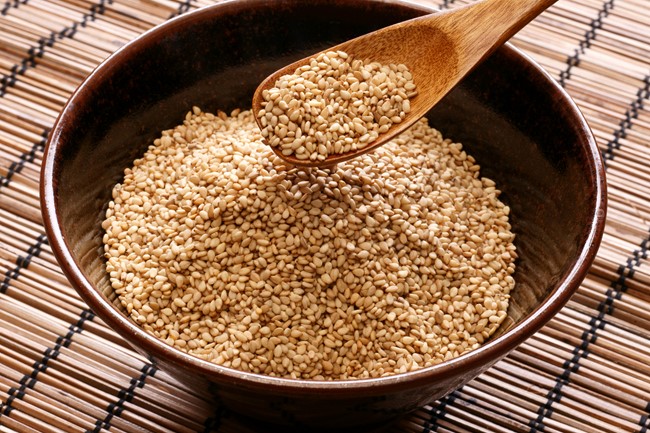
"Goma" means sesame in Japanese language. This category includes various sorts of sesame seeds such as black, white, golden, as well as nuts such as almonds, peanuts, etc. Sesame oil is popular in Japan and it is arguably one of the easiest ways to incorporate "goma" into your cooking. If you opt for a salad, using sesame salad dressings can be also recommended. Sesame seeds are a great source of protein, fiber, zinc, calcium, etc., making it an important part of a healthy diet.
"Wa" for "Wakame"
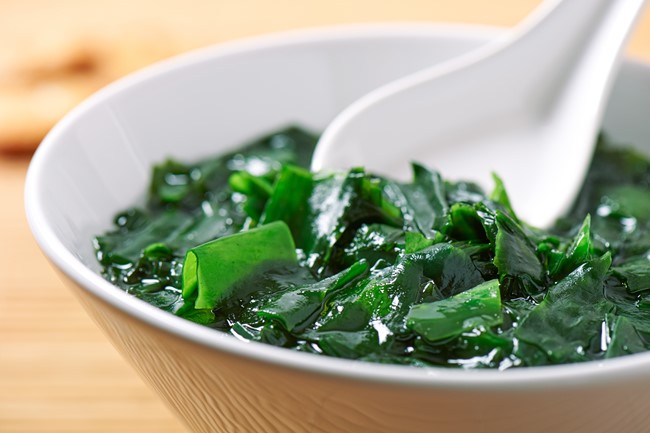
Although wakame is only one type of seaweed, this category can apply to various edible seaweeds such as nori, konbu, hijiki, mozuku, etc. Seaweed is not only high in minerals and fibre, but it is also low in calories. For those of you ready to take a jump into the world of healthy eating with Japanese seaweeds, we have prepared an article “What Is Japanese Seaweed? A Guide to Japan's Essential Ingredient.”
"Ya" for "Yasai"
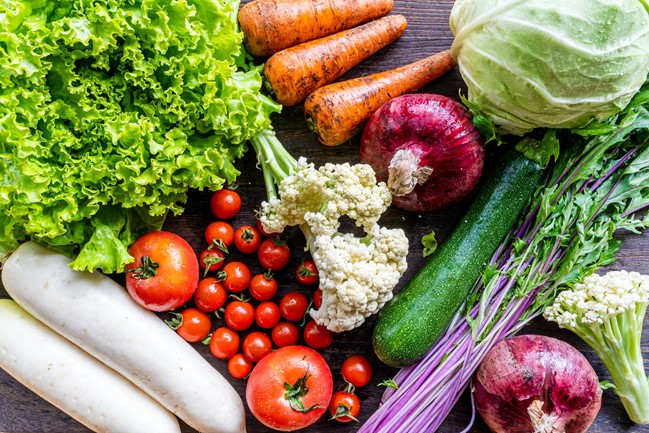
"Yasai" means vegetables in Japanese language. Vegetables are an important part of a healthy, well-balanced diet, and it is best to choose them based on their nutritional value as well as your personal preferences.
"Sa" for "Sakana"
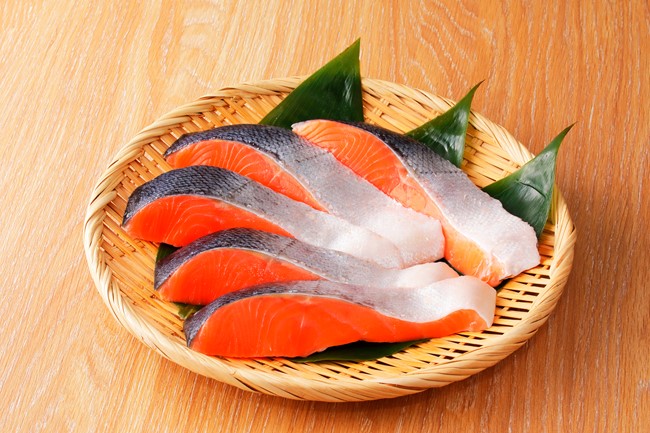
While “sa” stands for fish or "sakana" in Japanese, this category may refer to seafood in general. Fish is a great source of protein, Omega 3 fatty acids. Aside from various types of fish such as tuna, mackerel, sardine, etc., you can also cook octopus, prawns, and other seafood as part of this category. Some of us from countries with a rather limited assortment of seafood may be surprised to find that seafood on the shelves of Japanese supermarkets often has labels indicating the cooking method, such as grilling, heating, or even suggesting eating it raw. If you are not confident about reading Japanese seafood labels, you may find the following article helpful: "Pick the right fish for your dish - How to read seafood labels in Japan."
"Shi" for "Shiitake"
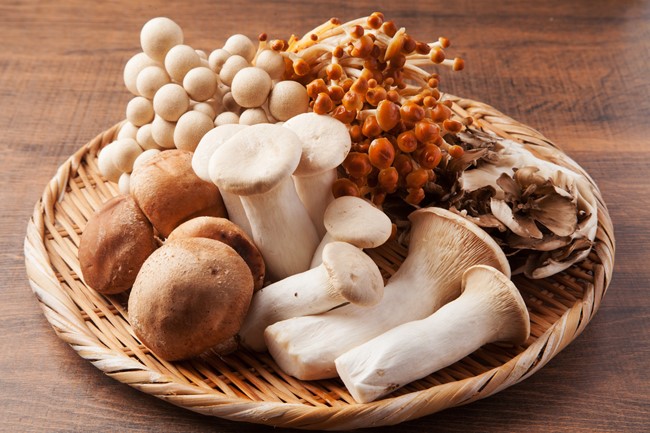
Shiitake category refers not only to this specific type of mushroom, but also to edible mushrooms in general. Mushrooms are low in calories and high in B vitamins. They also contain vitamin D and will provide you with protein, fibre, etc. Some of the most popular mushrooms in Japan, along with shiitake, are maitake and shimeji. You can learn more about mushrooms in our article: "Japanese Mushrooms: Nutritious and Delicious".
"I" for "Imo"
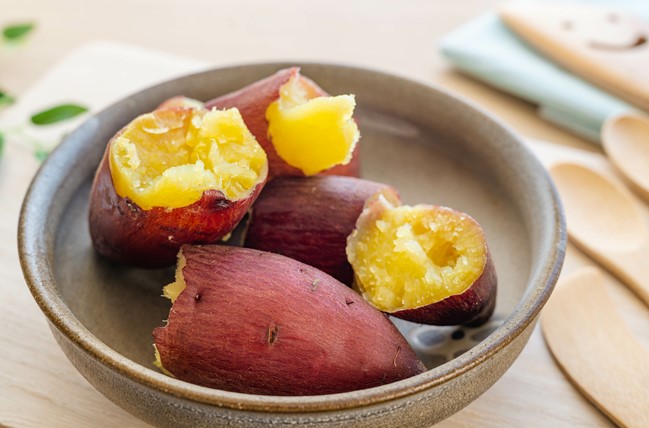
The last category on our list is “imo” or potato. This category may refer to various types of potatoes. As part of the "imo" category, you can incorporate sweet potato, konjac, taro, etc., into your diet. Japanese sweet potatoes are high in dietary fiber and vitamins such as A, C, B6. If you would like to learn more about Japanese sweet potatoes, including its nutrition benefits and recipes, please check this article.
Okaasan ha (wa) Yasume
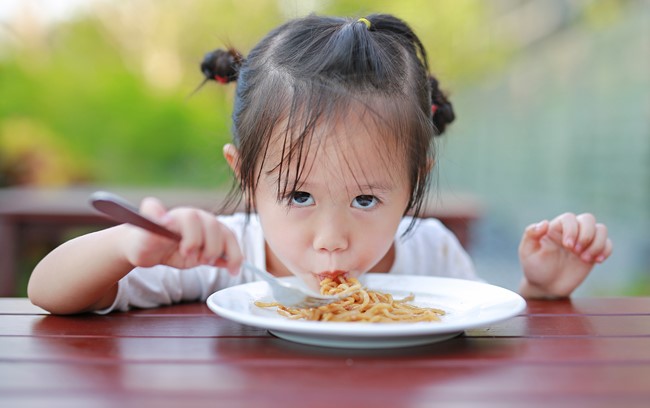
If you are raising a child in Japan, you may find "okaasan ha (wa) yasume" acronym helpful. It can be translated as “mother, take a rest!” It refers to a variety of delicious foods that are relatively easy to prepare and enjoyed by many children in Japan. The letter "o" stands for omlette rice. "Ka" means “kare raisu” or curry rice. "A" stands for "aisu kurimu" (ice cream). Sandwiches are denoted by "sa," and hamburgers by "ha." "Ya" stands for yakisoba, and "su" for spaghetti. “Me” refers to “medama yaki” or fried eggs. These foods are not only high in sugar and fat, but also do not require much chewing.
While it is perfectly fine to enjoy "okaasan ha (wa) yasume" foods, it is important to do so as part of a well-balanced diet. Unless you have a food allergy or another medical condition that prevents you from eating certain foods, "mago wa yasashii" can be considered as a simple way to stay healthy while incorporating many traditional Japanese foods into your diet. If you would like to try your hand at cooking some Japanese dishes, be sure to check ”Free English Websites for Japanese Food Recipes."
If you're looking for a healthy way to eat in Japan, you may also look into shojin buddhist cuisine, which avoids meat and fish in favour of vegetables and other ingredients. Those of us who live in Japan and have trouble reading Japanese nutrition labels may find the following article helpful: "How to Read Japanese Nutrition Labels."

